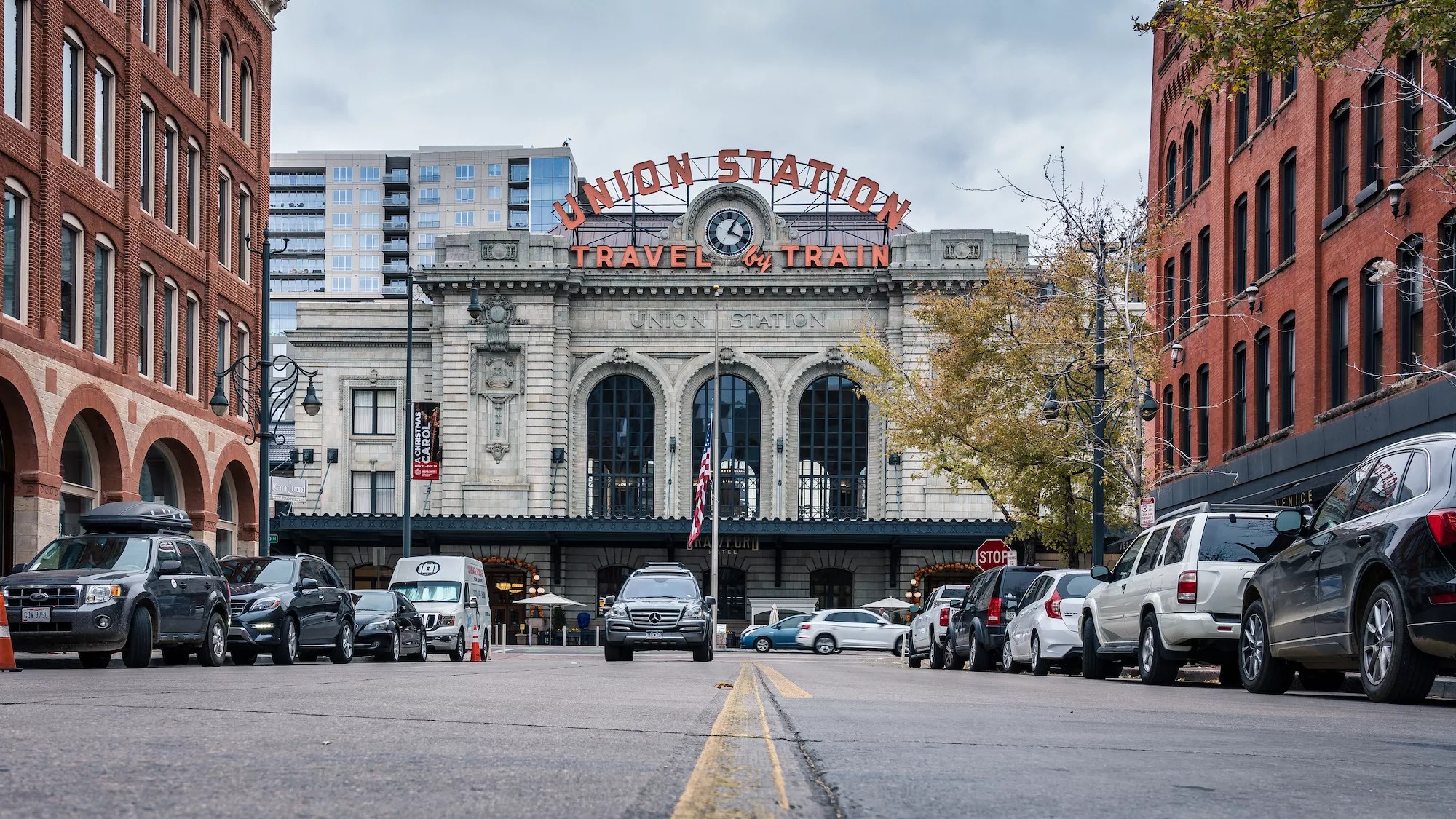
Flickr/Mobilus In Mobili

Audio By Carbonatix
With $1,000-plus rents, scarce amounts of free parking and high inflation rates, it’s hard to believe anyone can stretch a dollar in Denver.
Yet, according to personal finance site GOBankingRates, it’s easier to do that in Denver than it is in Aurora, Denver’s bedroom-y neighbor often sought out for affordability. Even though Aurora doesn’t have sports venues with $15 beers or Michelin-star restaurants, its residents spend a bigger portion of their earnings than their Mile High neighbors, according to GOBankingRates’s list of forty cities “where your paycheck goes the furthest in 2025” published earlier this month.
The ranking presents each city’s median household income and the annual cost of necessities, specifically groceries, bills, loans and mortgages. Cities were ranked based on how much money was left over after subtracting the two stats. Denver beat out Aurora thanks to a significantly higher median income.
GOBankingRates based income data from Sperling’s BestPlaces, a website. Meanwhile, the cost of necessities was combined with consumer expenditure survey data from the Bureau of Labor Statistics, average home values from the Zillow Home Value Index and mortgage rates from the Federal Reserve. All data was collected before August 18.
Support local news on #GivingNewsDay
Today is #GivingTuesday. We in the news business like to think of it as #GivingNewsDay. We’re aiming to raise $50,000 by December 31, so we can continue covering what matters most to this community. If you value our work, we hope you’ll consider making a contribution to our newsroom today.
Denver ranked 29th on GOBanking’s list with a median household income of about $92,000 and an annual cost of necessities of around $66,000, leaving more than $25,000 a year for Denver residents to spend on weed and Nuggets games. The Mile High City came in behind Wichita, Kansas and Laredo, Texas, two cities whose combined populations would be smaller than Denver’s.
Meanwhile, Denver’s notorious suburb to the east ranked 35th. Aurora’s median household income is more than $84,000, and its residents have to spend more than $60,000 on what they need. That leaves them a little more than $24,000 a year in disposable income, which is $1,000 short of what Denver residents keep. The ranking doesn’t account for how much money Aurora residents are likely spending in Denver or vice versa, however.
Aurora came tucked between Portland (ranked 36th) and Atlanta (34), two cities that are closer to Denver’s size.
Colorado Springs beat out both cities. According to GoBanking, the state’s second-largest city has a median household income of about $83,000 and an annual cost of necessities of around $55,000, leaving behind $28,000 a year.
GOBankingRates notes that inflation is up, tariffs are putting pressure on goods and services, and the job market is weakening. Denver Mayor Mike Johnston blames a local and national decline in spending and sales tax revenue for a $200 million local budget deficit that he hopes he has solved ahead of 2026. Aurora is trying to work through a $20 million budget shortfall for the same reason.
Here are the top ten cities in the GoBankingRates ranking:
- Minneapolis, Minnesota
- Fremont, California
- Santa Clarita, California
- Arlington, Virginia
- Virginia Beach, Virginia
- Anchorage, Alaska
- Chesapeake, Virginia
- Chandler, Arizona
- Plano, Texas
- Gilbert, Arizona